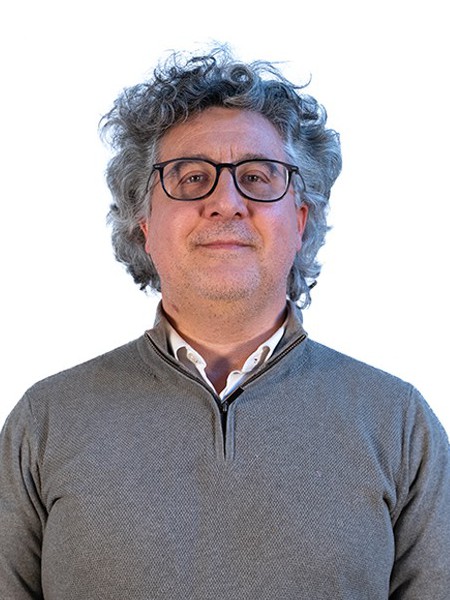resumo
Pristine, amino monofunctionalized and amino and thiol bifunctionalized phenylene-bridged periodic mesoporous organosilicas (Ph-PMO) were synthetized by a simple methodology without any protection/deprotection steps. The Ph-PMO materials were characterized and their potential as new sorbents for Hg(II) was investigated for low-contamination scenarios. The materials have well-ordered mesostructures as confirmed by powder X-ray diffraction and transmission electron microscopy analyses. C-13 and Si-29 solid-state NMR confirm the amination of the phenylene bridge of the simple Ph-PMO to form the amine-functionalized PMO (NH2-Ph-PMO) and the grafting of the thiol silylated ligand to the free silanols of the NH2-Ph-PMO to obtain the bifunctional (NH2-Ph-PMO-SH). For the initial conditions tested, the bifunctional material showed excellent Hg(II) removal efficiency (98%) and Hg(II) uptake time (30 min). The sorption kinetics were also investigated by three of the most studied kinetic models, and the pseudo-second-order kinetic model was the one that better described the kinetic sorption process of Hg(II) ions onto all PMO. (C) 2017 Elsevier B.V. All rights reserved.
palavras-chave
HEAVY-METAL IONS; PHENYLENE-SILICA; ORGANIC GROUPS; AQUEOUS-MEDIA; LARGE-PORE; ADSORPTION; ADSORBENT; HG(II); REMEDIATION; FRAMEWORKS
categoria
Engineering
autores
Lourenco, MAO; Figueira, P; Pereira, E; Gomes, JRB; Lopes, CB; Ferreira, P
nossos autores
Grupos
G1 - Materiais Porosos e Nanossistemas
G2 - Materiais Fotónicos, Eletrónicos e Magnéticos
G5 - Materiais Biomiméticos, Biológicos e Vivos
G6 - Materiais Virtuais e Inteligência Artificial
Projectos
CICECO - Aveiro Institute of Materials (UID/CTM/50011/2013)
RMNE-UA-National Network of Electron Microscopy (REDE/1509/RME/2005 )
agradecimentos
This work was developed in the scope of the projects CICECO-Aveiro Institute of Materials (POCI-01-0145-FEDER-007679|Ref. FCT UID/CTM/50011/2013); CESAM (Ref. FCT UID/AMB/50017/2013), CIIMAR (Ref. FCT UID/Multi/04423/2013) financed by national funds through the FCT/MEC and co-financed by FEDER under the PT2020 Partnership Agreement, and Program Investigador FCT. Authors are also grateful to the National Network of electron microscopy and University of Aveiro: Project REDE/1509/RME/2005. MAOL and CBL acknowledge, respectively, the Grants SFRH/BD/80883/2011 and SFRH/BPD/99453/2014.






